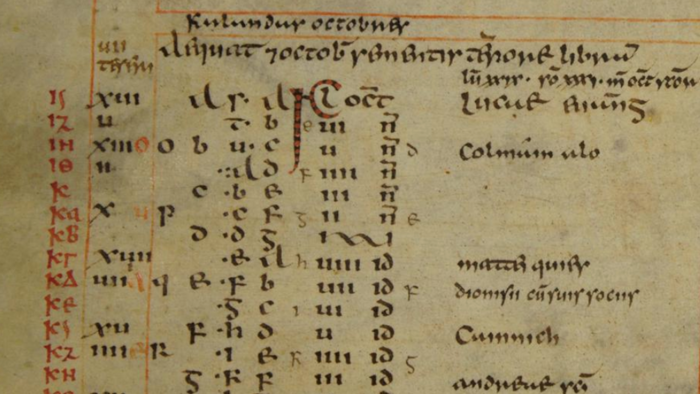Seminars
The presentation of a text to a reading public in any medium may provide evidence, either of an accommodation to the expectations of anticipated readers, or of the stimulation of new ways to read a text. How a text was received by a scribe, as well as how, why, and in what circumstances the text was then presented, either as a record for the first time, or in reproducing it in relation to a new context, remain among the underlying considerations in any study of manuscripts. The role of ‘paratexts’, that is, all those elements in text presentation other than the main text in the extraordinary range of new text formats and new types of books created in late antiquity and the early middle ages, will be considered in this lecture. To provide a means of tracing how a text could be communicated across time and space, the main focus will be on three categories of text: history, law and scripture. Continuities and innovations in relation to possible precedents and models will be explored, as well as what particular examples of extant manuscripts reflect of scribes’ imaginative engagement with the potential needs of new readers.
Previous
Immo Warntjes (Trinity College Dublin)
The Transmission of Scientific Ideas in Early Medieval Europe
